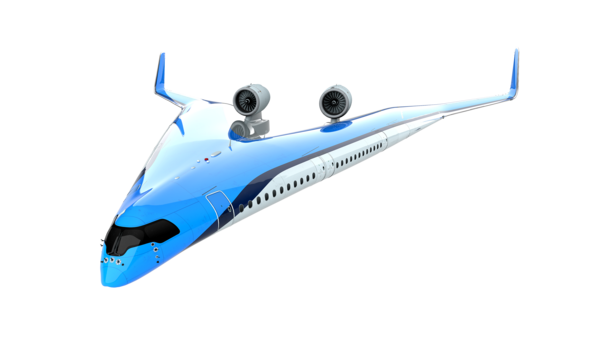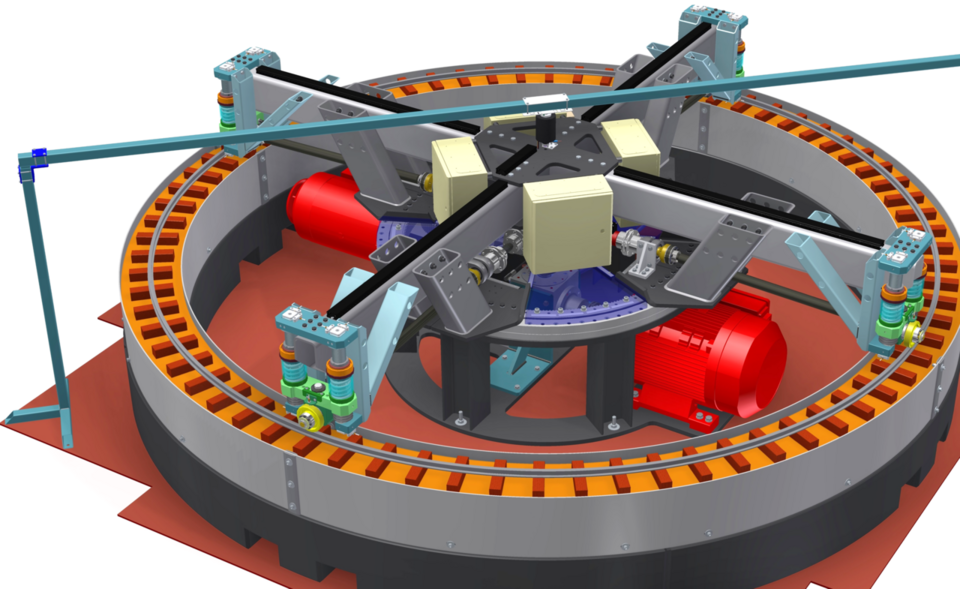This wind tunnel model of the Flying-V was created by DEMO L&R.
It is used to study the vortices generated during high angle-of-attack flight operations. Thanks to its modular design, components such as the leading edge and wing tips can easily be replaced with alternative designs.
The Flying-V is a design for a highly energy-efficient type of aircraft for long-distance flights. In this aircraft design, the passenger cabin, cargo hold, and fuel tanks are integrated into the wing. Thanks to its improved aerodynamic shape and lower weight, the Flying-V consumes 20% less fuel than the Airbus A350-1000, the most modern aircraft of today.
The researcher talks about her research:
My research for the Flying-V is related to 'vortex aerodynamics,' so I study the vortices that form when the aircraft flies at high angles of attack. For the Flying-V, these vortices primarily originate from the leading edge (leading edge vortices). Therefore, I also investigate the effect of the leading edge shape by testing various forms.
The model is modular: the leading edge, wing tips, cockpit, and a block for engine integration can all be swapped. A fellow PhD student is also studying engine integration and will use this model for his research as well. Thanks to its modular design, the model allows for many different geometries and investigations, which is why the plan is to keep using it for a long time!
















